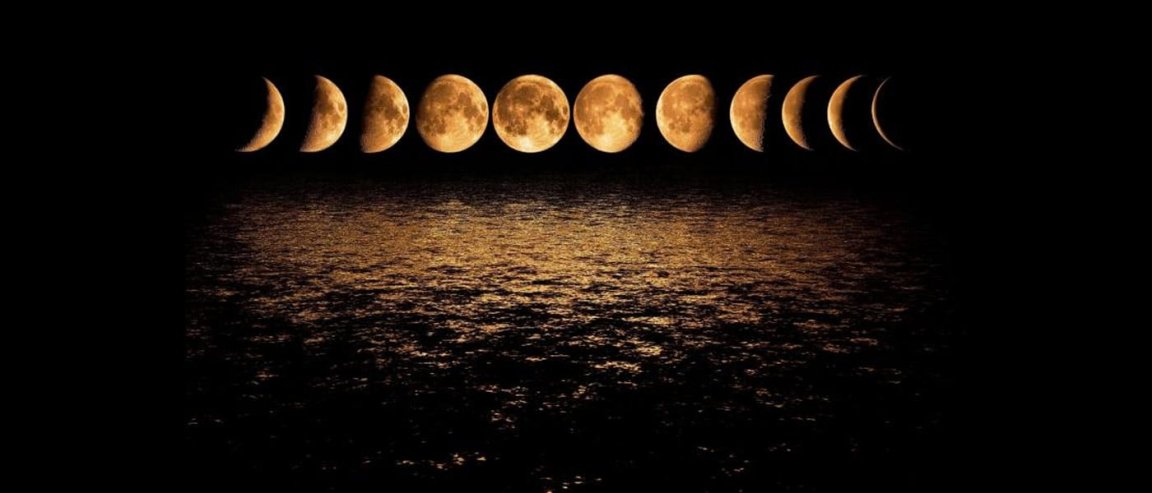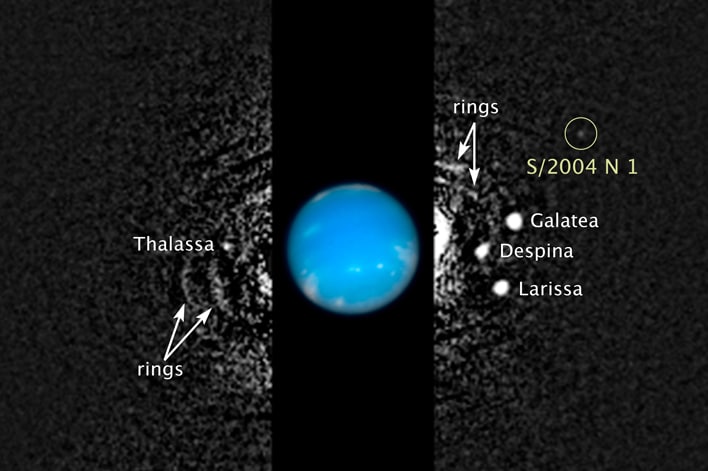
Hidden Gems in The Solar System
Voyager 1 and Voyager 2 were launched more than 30 years ago and have sent us back a wealth of new insight regarding planets and other bodies in our solar system. Among these are the discovery of new moons that orbit these planets. Even now, we are still discovering new moons through new techniques and technology that were previously undetected by the two probes.
Recently, two new moons were speculated to be orbiting the planet of Uranus. Researchers Rob Chancia and Matthew Hedman from the university of Idaho outlined how they were able to find these “moonlets.” In their research, they found “moon wakes,” or disturbances within a planet’s ring system, and using the Uranus’ data from Voyager 2, it suggested that a moon might be orbiting the planet.
For now, Hedman and his team will continue to investigate and compare other ring systems within the solar system since there might be other explanations to the moon wake phenomenon.
Another researcher will continue Chancia and Hedman’s work, SETI Institute’s Mark Showalter, and he will use the study on Uranus together with an archive of Voyager images to look for the moons around Uranus.

Beyond Uranus
Even with the close proximity of Voyager 2 with Neptune during its flyby in 1986, it still was not able to find the moon that was discovered in 2013 by the Hubble Telescope. This goes to show that more mysteries in the solar system will be discovered as newer technologies are available and deployed. Perhaps we will see something similar to the discovery the moons Styx and Kerberos in 2011 and 2012, respectively, around Pluto when New Horizons flew by.
More discoveries are just around the corner as the James Webb telescope, which will be operational around 2018, with its superior hardware compared to Hubble’s. The super powerful telescope will be able to peer into previously undetectable regions of our solar system and teach us more about our universe than ever before possible.